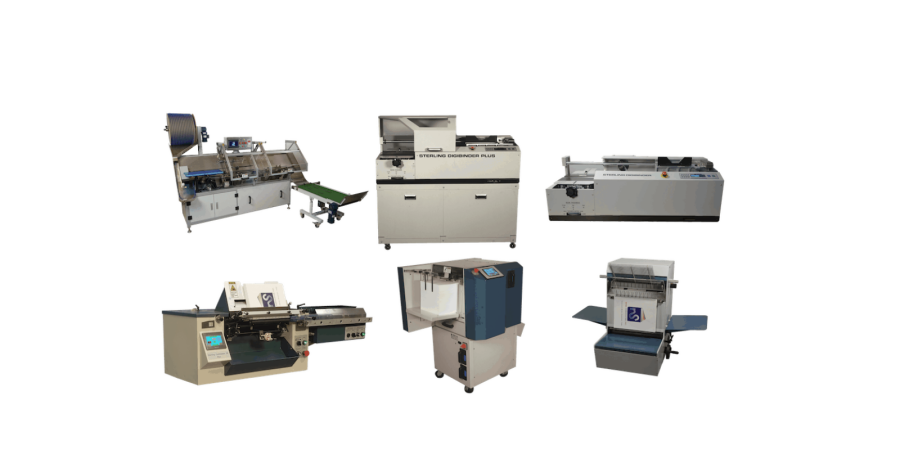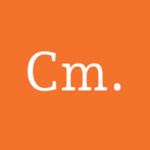

The binding quality determines whether a document is made by casual users or professional providers in document finishing operations. A vast number of businesses tend to ignore this fundamental concluding move, which either strengthens or weakens their entire presentation. The combination of perfect machine binding and plastic spiral binding, when executed through precise equipment, serves as a business advantage beyond production capabilities.
The perfect binding method produces the refined spine appearance which we find in superior paperbacks and high-end catalogs. Professional machinery performs the exact grinding of document edges while applying specialized adhesive to attach the cover wrap during this production process.
The quality of perfect bindings differs significantly because of imprecise equipment control within most corporate facilities. Budget machines create bindings which break down and make pages fall out quickly whereas commercial-grade devices from Spiel Associates produce bindings that stay strong during many years of use.
Perfect binding machines contain distinct features regarding their capacity and adhesive handling processes and spine preparation functionality. The professional equipment achieves spine infiltration with its notching technology, which makes tiny channels through which adhesive reaches the page surfaces effectively. The implementation of nanoscopic notches in the spine serves as an instrumental technical element which determines whether bindings will break after a few openings or hold for multiple dozens of openings.
The delivery process of adhesive forms a crucial system component. Premium machines regulate temperatures with exceptional accuracy from the beginning to the end of the production period to achieve maximum page retention efficiency. Temperature consistency becomes crucial for equipment stability, especially when producing multiple products, since inferior devices commonly deteriorate under prolonged use.
Documents which need a flat opening feature should use plastic spiral binding because its flexible design enables 360-degree functionality. Pages which use this particular coil structure can open through 360 degrees without any page stress to maintain easy access for manuals and cookbooks, and reference materials.
Professional plastic spiral binding demonstrates specific characteristics which separate it from ordinary office-grade results. Proper crimping together with precise hole punching and constant coil insertion techniques result in usable documents as opposed to ones which cause catching or tearing issues in the long run.
Professional binding operations utilize adjustable equipment to meet different project needs by working with materials of various thicknesses alongside different spiral diameters. Commercial machines utilize automated systems that keep holes in perfect alignment no matter what paper weights are being used, which is essential for smooth page turning.
Quality of the plastic spiral material exists across multiple levels of quality. Premium binding coils will not warp under pressure since they include anti-UV stabilisers which stop them from turning yellow or becoming brittle as time goes by. The operational lifetime of materials depends heavily on their durability because it determines their resistance to routine use or natural elements.
Document function should drive binding method selection. Perfect binding offers sophisticated presentation for materials like:
Plastic spiral binding better serves operational documents including:
The selection of binding equipment depends heavily on the degree of production output. Operations that run in high volumes must use industrial-grade components in their machines which can maintain accuracy when performing many thousands of binding cycles. The system achieves both superior quality and higher productivity through automatic clamp adjustment features and programmable settings along with quick component change capabilities.
Modular systems provide mid-volume operations with flexible solutions which enable binding method changes through a single system instead of maintaining separate machines. Printing facilities that serve many different clients benefit strongly from their ability to adjust their operations.
The fundamental variable that differentiates industry-leading binding equipment makers from standard manufacturers is Unique engineering designs, which experts observe but the general public cannot distinguish between them, creating the industry gap between leaders and others. The equipment's operational durability is improved by using cast metal components which substitute plastic parts in areas experiencing wear. The precision manufacturing of alignment systems ensures proper document alignment from start to finish in order to prevent both page skewness and margin irregularities.
The latest binding systems implement automated functionalities which lower production costs through reduced manual work while providing consistent product quality. Digital controls enable operators to save binding parameters for repeated projects, which produces consistent results in every production cycle. The automatic designs streamline operations by lowering training needs while optimizing output activities, which are essential for emerging workplace demands.
Investment in professional binding equipment delivers returns through multiple channels:
Operations which outsource their binding services should consider bringing them back in-house because the payback period becomes shorter than years and quality control and scheduling flexibility improves.
The selection of binding technology now depends heavily on environmental factors. Contemporary approaches in binding utilize precise adhesive control methods and optimized material usage patterns to minimize waste. Modern binding materials bring together sustainability goals and document functionality by supporting corporate environmental programs.
The evaluation of binding equipment needs to consider present needs as well as anticipated future requirements. System configuration optimality depends on the projected document quantities and document types together with the number of finishing methods needed. Qualified professionals understand the business needs to select proper equipment while ensuring this equipment remains suitable as document processes change.
The implementation process requires more than equipment installation because operators need training and maintenance protocols must be integrated into workflow systems. The implementation of key factors during setup helps avoid productivity losses through improved equipment performance right from day one.
Organizations seeking professional document presentation need both perfect machine binding and plastic spiral binding technologies. The differentiation between amateur and professional results comes from how well someone knows to use equipment as well as equipment models themselves.
Spiel Associates' established expertise offers organizations access to specialized binding innovation developed over many decades which directly leads to high-quality final products. Organizations benefit most from markets that value professional presentation through product purchasing by keeping their binding capabilities up-to-date with industry changes.
